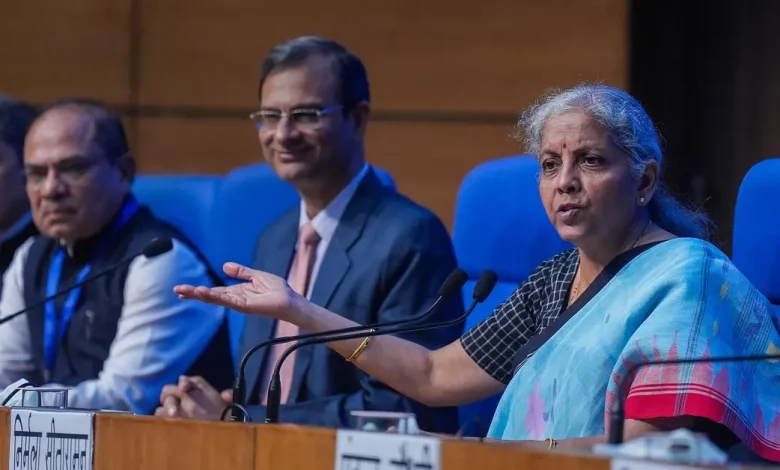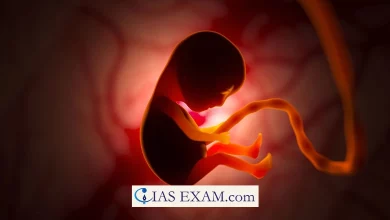Daily Current Affairs for UPSC
GST rates’ rationalisation back on the table
Syllabus: Economy [GS Paper-3]

Context:
- The GST in India has been a significant tax reform aimed at simplifying the tax structure and creating a unified economic system.
- However, the complexity of GST rates has been a long-standing concern for businesses and policymakers.
- The government’s efforts to rationalize these rates have recently gained momentum.
Details:
- A Group of Ministers (GoM) was formed in 2021, led by former Karnataka CM Basavaraj Bommai, to rationalize GST rates.
- The reconstituted GoM, now headed by Uttar Pradesh Finance Minister Suresh Kumar Khanna, is focusing on resolving complexities related to GST rates.
- While the official GST structure has four main slabs, there are various rates and exemptions, making tax compliance more complicated.
- The discussions about simplifying GST rates indicate a long-standing demand from industry leaders and tax experts.
Key points:
- Tax experts and industry stakeholders are emphasising the need to restart the rate rationalization plan in order to address compliance issues caused by multiple tax rates.
- The government is aware of the importance of simplifying the rate structure to provide clarity for investors and make tax compliance easier.
- The future of the GST Compensation Cess is being considered by the GoM, with discussions initiated on imposing a cess or surcharge after March 2026.
- The Confederation of Indian Industry suggests streamlining GST rates into three slabs to streamline business operations and reduce disputes over classifications.
- The existence of multiple GST rates creates challenges for businesses and confusion, while also impacting investment decisions and economic growth.
What is Goods And Services Tax (GST)?
- The GST is a tax imposed on goods and services consumed within India, and it is considered a major tax reform in the country’s history.
- It was introduced on July 1, 2017, and it combines several domestic indirect taxes, with the exception of petroleum, alcoholic beverages, and stamp duty.
- The Constitutional Body, established under Article 279A, provides advice to the Union and State Governments on matters related to GST.
- It is chaired by the Union Finance Minister and includes representatives from the Union State Minister of Revenue or Finance, as well as Finance or Taxation Ministers from all States.
- This body serves as a federal representation, ensuring that both the Centre and States are represented.
Features of GST:
- The GST is a tax that applies to the supply of goods and services, a departure from traditional taxes based on manufacturing, sale, or service provision.
- It operates on the principle of destination-based consumption taxation, unlike origin-based taxation.
- Both the Centre and States levy tax concurrently on a shared base, known as CGST and SGST. Imports are subject to IGST and applicable customs duties.
- The rates for CGST, SGST, and IGST are agreed upon by the Centre and States, with multiple rates and specific rates for gold and precious stones.
Way Ahead:
- To ensure that the GST Compensation Cess aligns with long-term economic goals, it is recommended to conduct a thorough review.
- The government’s recognition of the need to simplify the system shows an understanding of investor requirements for a clear and consistent tax framework.
Source: TH
Practice question:
Q. The functions of goods and services network (GSTN) include-
- Facilitating registration
- Forwarding the return to central and state authorities
- Computation and settlement of GST
- All of the above





.png)



